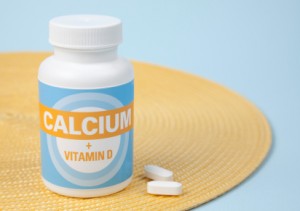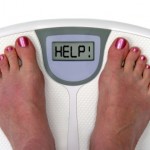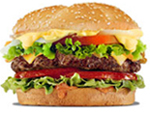It's not surprising to me; the drug Qnexa wasn't approved by the FDA for use in weight loss. Why not? After all it's a combination of low doses of two medications that are already approved. Phentermine was first approved by the FDA in 1959 and for weight loss even, although we're talking short-term use in combination with dieting. The other drug, topiramate, was approved in 1996 for epilepsy and more recently for prevention of migraines.
I hadn't heard of Qnexa when I saw the article in the New York Times yesterday, but today I've had time to look at it's pros and cons and put the risks in perspective.
Qnexa is made by a company called Vivus; their stock went up 28.06% today; I guess that was in anticipation of the medication being approved. When I looked at the company's website, they detail the problem of obesity. It's a major factor in diabetes type 2, high blood pressure, cardiovascular disease and stroke. Some have called it the second leading cause of preventable deaths in America.
Over 400 million people worldwide are obese and it's said to be responible for 9.1% of the annual US healthcare spending; that nearly 150 billion dollars.
And Qnexa has gone through Phase 3 trials on over 4,500 patients with three trials. Its results were impressive; one article mentioned a 14.7% (37 pound) weight loss over a 56-week period. Another controlled trial result said 10.6% compared to 1.7% for those who got placebos.
So why not approve the drug? Well, the answer lies in what pre-clinical and clinical trials do and don't show.
Let's start with Phase Zero through III. Those are conducted with human subjects, initially with tiny doses looking at how the body processes the drug and how it works, progressing to is the drug reasonably safe and tolerable studies with small groups closely observed. Then we go to larger groups for activity and safety and finally to randomized controlled multi-center studies.
At that point the dug may be approved, but, there is Phase IV, post marketing surveillance. That is to detect rare or long-term adverse effects in much larger groups of patients.
Several drugs have been withdrawn or subjected to limited use in Phase IV. There have been some risks shown in early trials; millions of people would potentially take the drug if it were to be approved. Side effects would conceivably be greater and more serious than smaller studies have shown. Lots of lawsuits could result.
So it's not just the name of the drug being hard to pronounce (who came up with Qnexa?).
I suspect the medication may eventually be approved, but time will tell.







